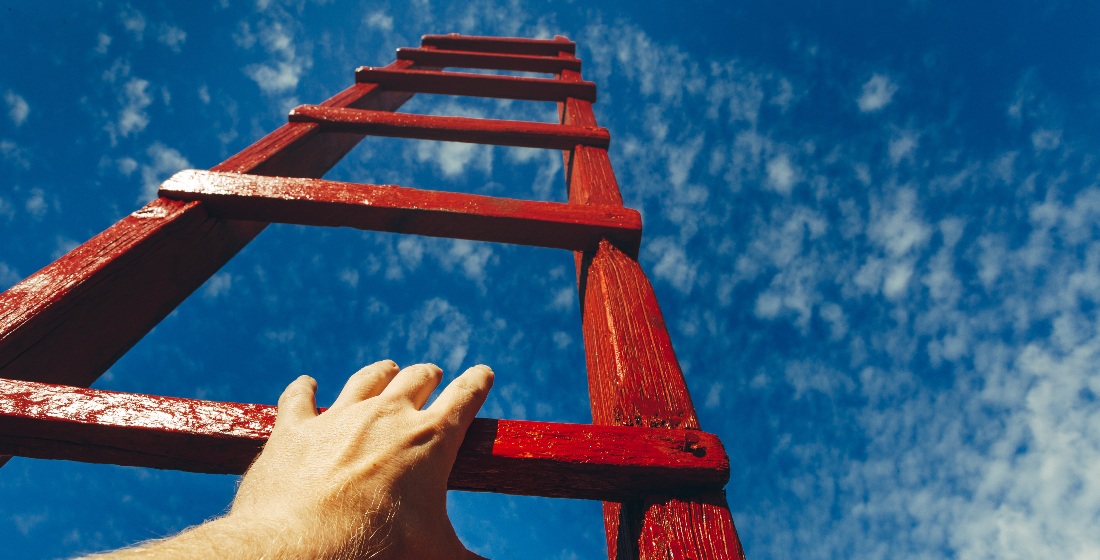The hidden world of Chinese development finance revealed
Analysing close to $1 trillion worth of Chinese development projects since the turn of the millennium, a new report reveals that China now spends over double its closest rival on development finance every year.

China is now outspending the US and other major powers on development finance by a factor of more than a 2-to-1 every year, often at onerous costs to developing-country borrowers, revealed a report published yesterday by international development research lab AidData. Based on a vast dataset four years in the making, the analysis reveals a trove of new findings about China’s secretive development finance programme – particularly in the respect to the country’s flagship Belt and Road Initiative (BRI). It comes at a time when the US and its allies are looking to develop viable alternatives to BRI through the G7’s Build Back Better World Initiative and the EU’s Global Gateway programme.
The report, Banking on the Belt and Road, offers a birds-eye view of China’s geo-economic strategy before and after the introduction of BRI in 2013; detailing how spending patterns, debt levels, and project implementation problems have changed over time. It analyses a granular dataset that captures 13,427 projects across 165 countries worth $843 billion, financed by over 300 Chinese government institutions and state-owned entities.
“China has quickly established itself as the financier of first resort for many low-income and middle-income countries, but its international lending and grant-giving activities remain shrouded in secrecy,” says Ammar A Malik, a senior research scientist at AidData and co-author of the report. “Beijing’s reluctance to disclose detailed information about its overseas development finance portfolio has made it difficult for low-income and middle-income countries to objectively weigh the costs and benefits of participating in the BRI. It has also made it challenging for bilateral aid agencies and multilateral development banks to determine how they can compete – or coordinate and collaborate – with China to address issues of global concern.”
China leagues ahead of development finance rivals
During the pre-BRI era, China and the US remained overseas spending rivals. However, China is now spending well over twice the amount of US and other powers. In an average year of the BRI period, China has spent $85 billion on its overseas development programme compared to the $37 billion of its closest rival, the US. Beijing has also relied on debt rather than aid to establish its dominant position in the international development finance market: in the BRI era, China has maintained a 31-to-1 ratio of loans to grants.
The country’s “policy banks” – China Eximbank and China Development Bank – spearheaded an expansion in overseas ledning in the lead up to BRI. But since, state-owned commercial banks like Bank of China, the Industrial and Commercial Bank of China, and China Construction Bank have played increasingly important roles, with their overseas lending activities increasing five-fold over the period. Also, the number of “mega projects” approved each year – those financed with loans of $500 million or more – has tripled under the BRI.
Beijing’s international lending programme has soared to record levels because of domestic challenges – specifically, an oversupply of foreign currency, high levels of industrial overproduction, and the need to secure natural resources that the country lacks in sufficient quantities at home. “It has responded by ramping up dollar and euro-denominated lending at or near market rates; contractually obligating its overseas borrowers to source project inputs (like steel and cement) from China; and allowing countries to secure and repay loans with the money they earn from natural resource exports to China,” says the report.
Hidden debt
The analysis also notes a rise of “hidden debt”, at the expense of sovereign debt, during the BRI period. Before the initiative, most of China’s overseas lending was aimed at sovereign borrowers – central government institutions – but there has since been a major transition: nearly 70% of the country’s international lending now goes to state-owned companies, state-owned banks, special purpose vehicles, joint ventures, and private sector institutions in borrower countries. Those debts, for the most part, don’t appear on their government balance sheets. However, most of them benefit from explicit or implicit forms of government liability protection, which has blurred the lines between private and public debt and caused significant public financial management problems for developing nations.
Hence, China’s debt burdens are substantially larger than research institutions, credit rating agencies, or intergovernmental organisations with monitoring responsibilities had previously assumed. The report indicates that 42 countries now have levels of public debt exposure to China over 10% of their GDPs. Those debts are also systematically underreported to the World Bank’s Debtor Reporting System (DRS) because, in most cases, central governments in developing countries are not the primary borrowers responsible for repaying the loans.
“These unreported debts are worth approximately $385 billion and the hidden debt problem is getting worse over time,” says Brad Parks, AidData’s executive director and one of the report’s co-authors. The average annual underreporting of repayment liabilities to China was $13 billion before BRI but has risen to $40 billion since, with the average government underreporting its repayment obligations to China by an amount equivalent to 5.8% of its GDP. Parks explains that “the challenge of managing these hidden debts is less about governments knowing that they will need to service undisclosed debts to China with known monetary values than it is about governments not knowing the monetary value of debts to China that they may or may not have to service in the future.”
Pound of flesh
As Beijing has financed bigger and bigger projects, and taken on higher levels of credit risk, it has also insisted on stricter repayment safeguards. In the early 2000s, only 31% of the country’s international financing portfolio was equipped with credit insurance, a pledge of collateral, or a third-party repayment guarantee, but that figure now stands at 60%. Collateralisation has become the risk mitigation mechanism of choice, and 40 of the 50 largest loans to overseas borrowers from China’s state-owned creditors are collateralised.
“To secure energy and natural resources that the country lacks in sufficient quantities at home and maximise investment returns on surplus dollars and euros, Chinese state-owned creditors have rapidly scaled up the provision of foreign currency-denominated loans to resource-rich countries that suffer from high levels of corruption,” says the report. “These loans are collateralised against future commodity export receipts to minimise repayment and fiduciary risk and priced at relatively high interest rates (nearly 6%).”
The analysis also reveals that China’s lending to developing countries is provided at significantly less generous terms to loans from OECD-DAC (the Development Assistance Committee of the Organisation for Economic Cooperation and Development) and multilateral creditors. A standard Chinese loan has a 4.2% interest rate and a 10-year repayment period, compared to the 1.1% over 28 years of OECD-DAC lenders like Germany, France or Japan.
Potholes in the Belt and Road
The report, assisted by a team of over 130 researchers at the US-based William & Mary’s Global Research Institute, also claims that 35% of BRI infrastructure portfolio has run into major implementation problems such as corruption scandals, labour violations, environmental hazards, and public protests. That compares just 21% of China’s non-BRI infrastructure project portfolio. BRI projects also take significantly longer to implement, with Beijing experiencing more project suspensions and cancellations than before.
“Host country policymakers are mothballing high-profile BRI projects because of corruption and overpricing concerns, as well as major changes in public sentiment that make it difficult to maintain close relations with China,” says Brooke Russell, an associate director at AidData, another co-author of the report. “It remains to be seen if ‘buyer’s remorse’ among BRI participant countries will undermine the long-run sustainability of China’s global infrastructure initiative, but clearly Beijing needs to address the concerns of host countries in order to sustain support for the BRI.”
“China will soon face higher levels of competition in the global infrastructure finance market due to the Build Back Better World Initiative and the EU’s recently announced Global Gateway Initiative,” adds Parks.
In June, G7 countries launched the Build Back Better World Initiative (B3W) specifically to counter China’s strategic influence with the BRI by offering developing countries an alternative for infrastructure development. Aiming to bridge the estimated $40 trillion infrastructure gap before 2035 in the low and middle-income countries, B3W will catalyse funding for infrastructure from the private sector and will encourage private-sector investments that support "climate, health and health security, digital technology, and gender equity and equality".
And earlier in September, the EU announced its own BRI rival, Global Gateway, aimed at boosting spending on infrastructure and other projects. In her speech announcing the programme, European Commission President Ursula von der Leyen stressed that it was part of the EU’s plans to become more active in an era of global hyper-competitiveness.
Parks concludes: “As we enter this new era of strategic rivalry, it will be more important than ever that G7, Chinese, and host country policymakers rely on hard evidence rather than opinions or conjecture.”





